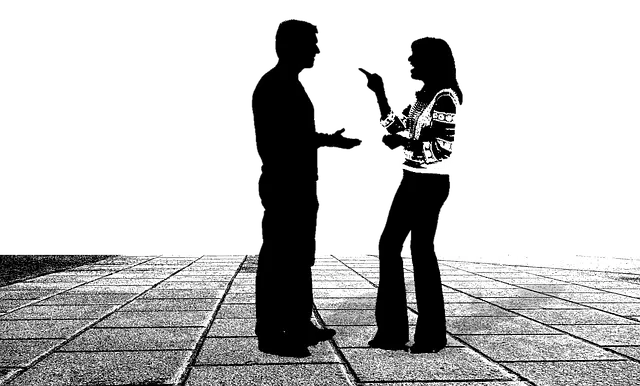
To generate a contrast between two propositions, the adversative conjunction but is used.
But it is an adversative conjunction that produces a contrast between two propositions. Like all conjunctions, its purpose is to act as a link , linking sentences, words, etc.
In the specific case of the conjunction but , what it does is oppose one concept to another to qualify it, expand it or confront it. For example: “I'm not going to go to Rocío's party but I'm still going to send her a gift for her birthday,” “I understand your position, but I think you're wrong,” “I explained to Matías how I had to develop the work.” But he didn't pay attention to me and then things went wrong."
But at the beginning of a sentence and as a synonym for defect
But it can also be used at the beginning of a sentence to emphasize what it is intended to express. In this case, the proposition does not refer to another preceding one.
“But what are you saying?”, “But what a beautiful place!” y “But, Cristian, turn off that music now that is driving me crazy!” muestran este uso.
As a noun , but it can be used as a synonym for a failure, objection or defect : “I was reviewing the entire project and I didn't find a single but,” “Why do you have to put a but every time I ask you for something?” , “Juan accepted everything that Bruno told him without buts” .

At the beginning of a sentence, the term but helps to emphasize.
a kind of apple
The but, on the other hand, is a kind of apple . That is the name given to the fruit of the apple tree when its appearance is elongated.
In some Andalusian regions, anyway, you can name any type of apple: “My grandmother prepared a but cake for the snack,” “That but is not ripe yet,” “I really like buts.”
But from Cehegín
Like the rest of the apples, the Cehegín apple is part of the Rosaceae family, specifically those called Autumn apples . Its characteristics have clear differences with the rest of the apples.
The average weight of a Cehegín but is 180 grams. It measures approximately 8 centimeters in height and has a diameter that does not exceed 7.7 centimeters. In other words, it is a medium-sized, oblong fruit (it is longer than it is wide). Regarding its color , it goes from being a greenish yellow to a well-defined yellow, from the moment it is picked until it completes its maturation, respectively.
Its skin has a thickness that makes it ideal to be preserved after harvest, in addition to giving it a very characteristic floral and sweet aroma. The pulp of the Cehegín but has whitish tones, a uniform consistency and does not oxidize easily; Its flavor is sweet and its aroma is very particular, different from that of the apples that are normally found in greengrocers.
Components of this fruit
This type of fruit has 85% water in its composition, like many other fruits, and this translates into a hydrating and refreshing action . It is a food very rich in minerals, vitamins, fiber and nutrients such as sucrose, glucose and fructose (the latter is the sugar that it has in the greatest proportion), all of which are quickly absorbed by our body.
Thanks to its fiber content, Cehegín but collaborates with the regulation of the intestinal system and prevents constipation, especially if it is consumed with the skin and raw. On the other hand, being a fruit rich in pectin, it is ideal for treating cases of dehydration and acts effectively against diarrhea.
Tannins, also present in this type of but, have anti-inflammatory and astringent properties . In addition, this peculiar fruit has an interesting vitamin content, among which C and E stand out; The latter provides antioxidant action , which promotes fertility and intervenes in the regulation of blood cells.
